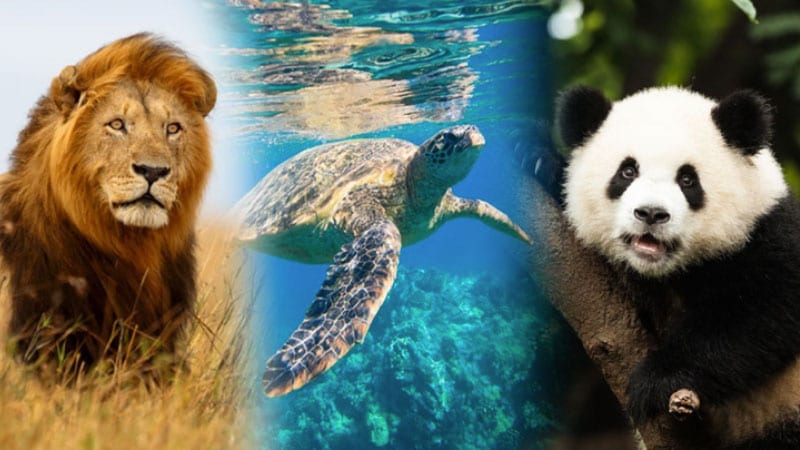Can you imagine what it would be like to see a giant panda cub climbing a tree in China? Or watching a giraffe gallop through the grasslands in Kenya? My students would be enthralled. There’s something magical about letting them experience a place far, far away, where they can learn not only about the animals and their homes but also about science and geography.
Below are three virtual field trips we can’t get enough of. Watch these 45-minute videos with your class—any time! They’re perfect for grades 3–8, and each includes a teacher’s guide packed with discussion questions and more. Check them out below.
1. The Deserts and Grasslands of Africa
Head to Africa with scientist Charles Oluchina, where you’ll discover the importance of grasslands and learn how ecotourism in Kenya has benefited both people and wildlife. Students will see giraffes, lions, and elephants; the footage will make you feel like you’re on safari! You’ll also visit Burkina Faso and learn how one farmer invented an ingenious method to help restore forestlands that had been lost to desertification. Get a sneak peek below and then watch the full virtual field trip here.
2. China’s Great Forests: What the Giant Panda and Earth’s Climate Share
Do you know what a takin is? It’s a goat-antelope found in the eastern Himalayas. You’ll get to see some, along with golden snub-nosed monkeys and giant pandas, when you go on a virtual field trip to China’s forests. Expert scientist Yue Wang will explain the role forests and mountains play in the carbon cycle and climate change, and students will get a better understanding of just how important habitats are for both people and animals. Watch the full field trip here.
3. The Coral Reefs of Palau: Nature’s Amazing Underwater Cities
Underwater cities—sounds intriguing, right? The coral reefs of Palau, a network of islands in the Pacific Ocean, are just that. Dive into the water and explore the colorful reefs. Students will learn about the interconnected ecosystem built on symbiosis, where diverse organisms have evolved to protect, clean, nourish, and even mimic one another. It’s spectacular! Watch the full field trip here.


